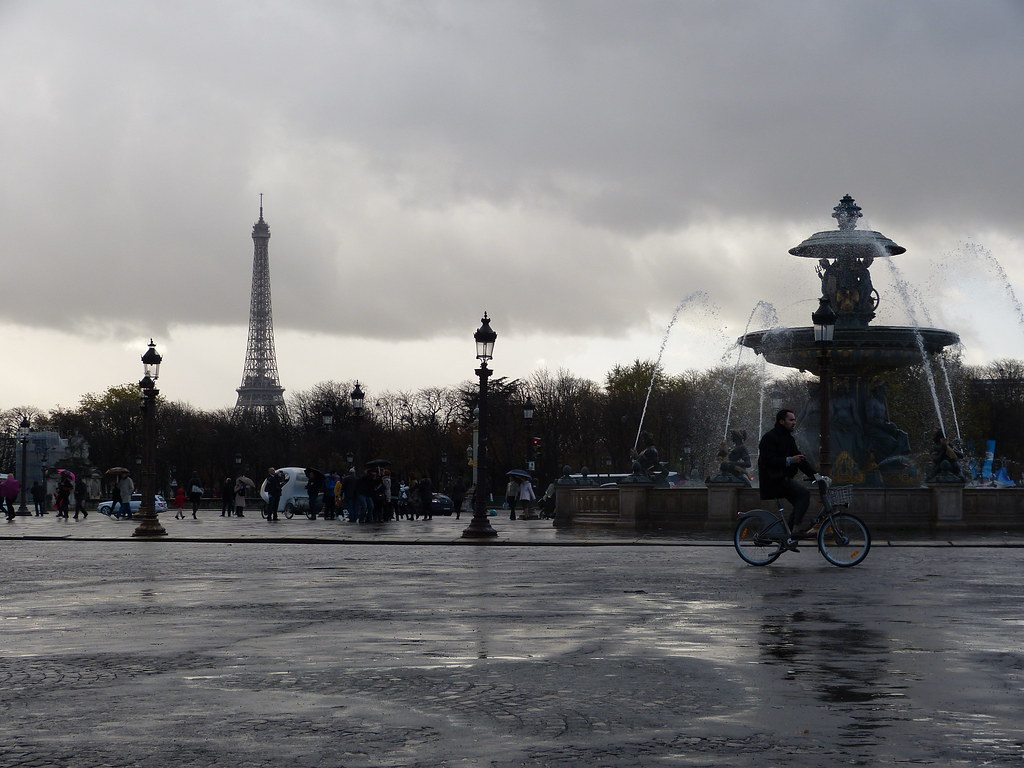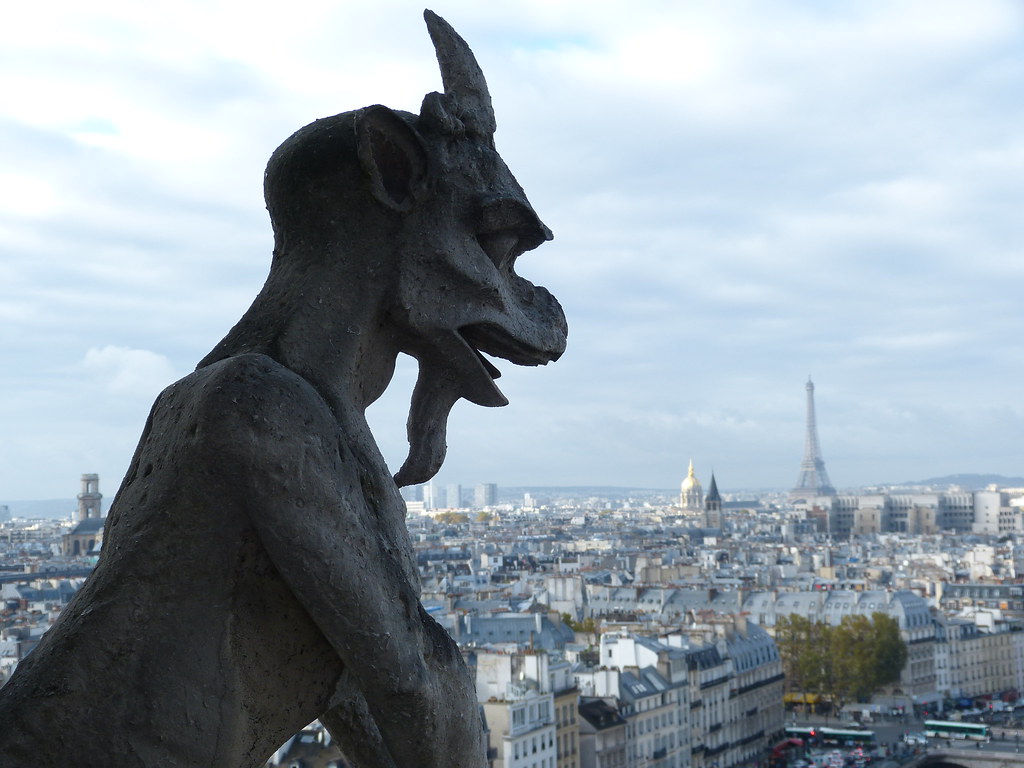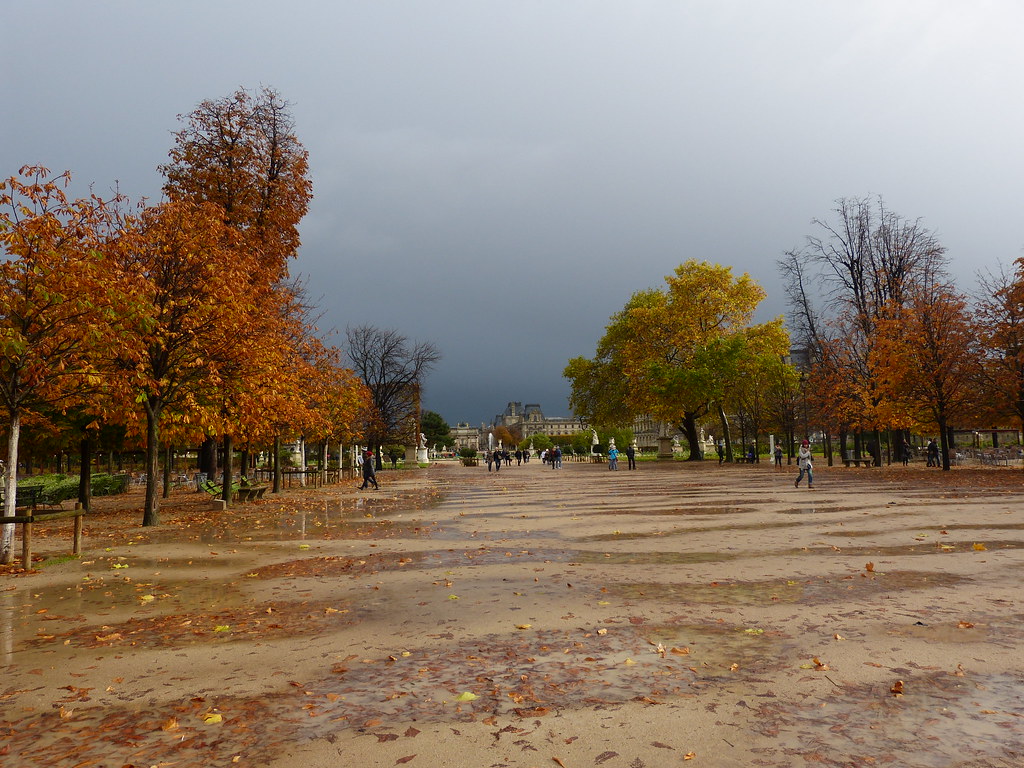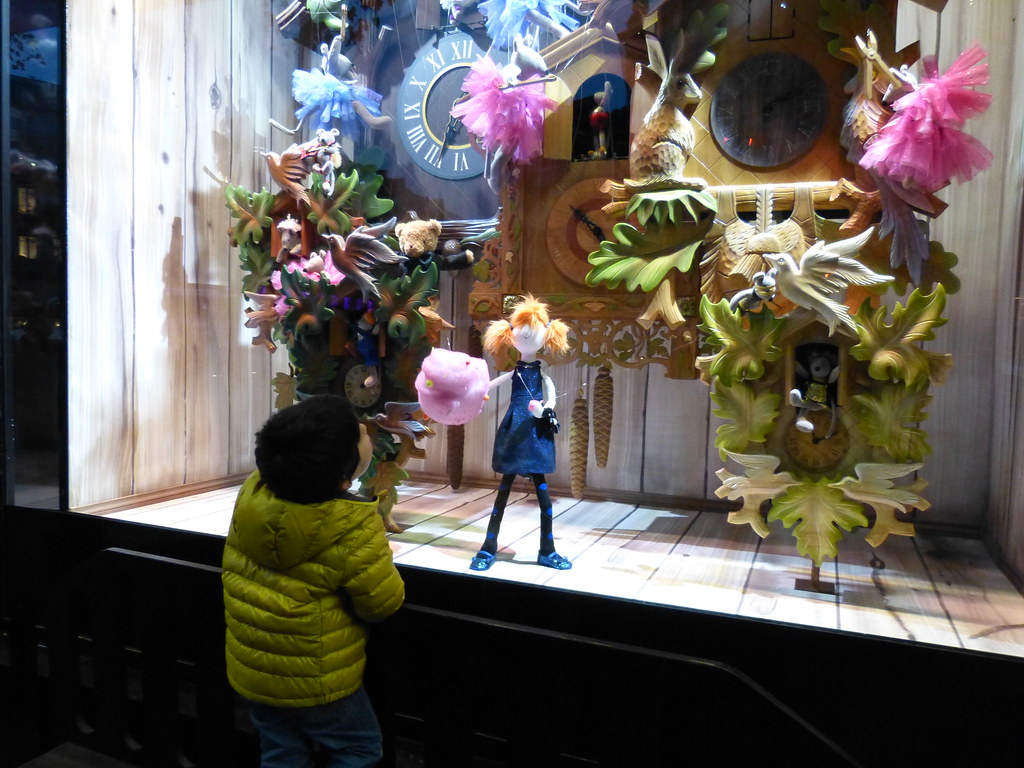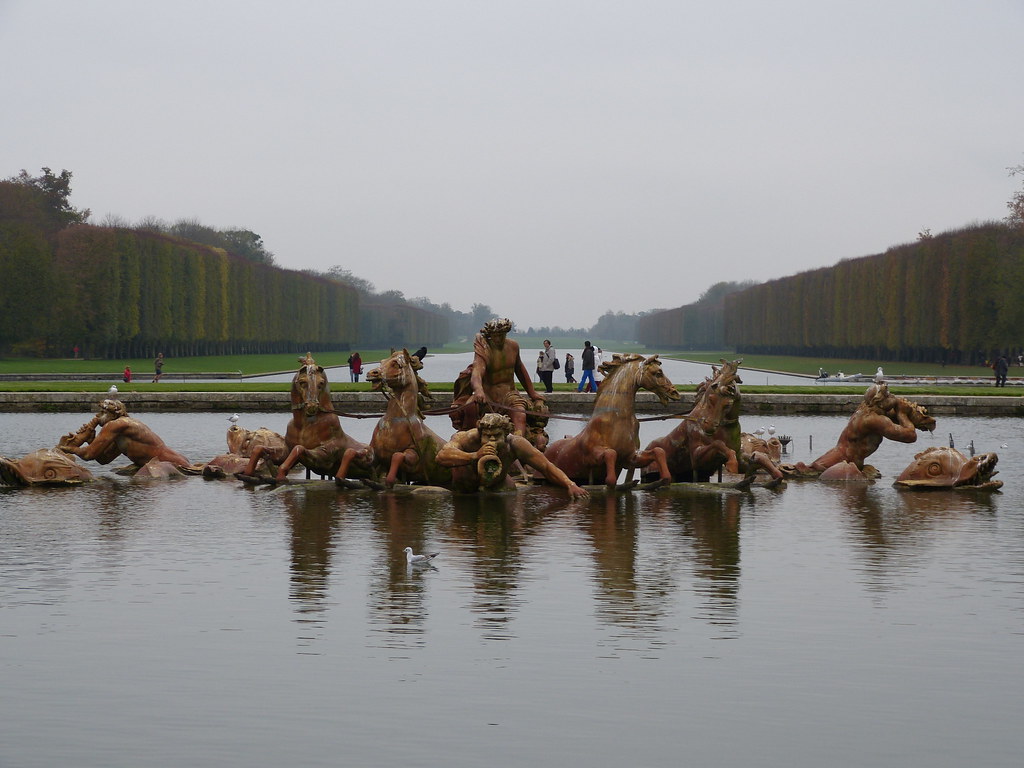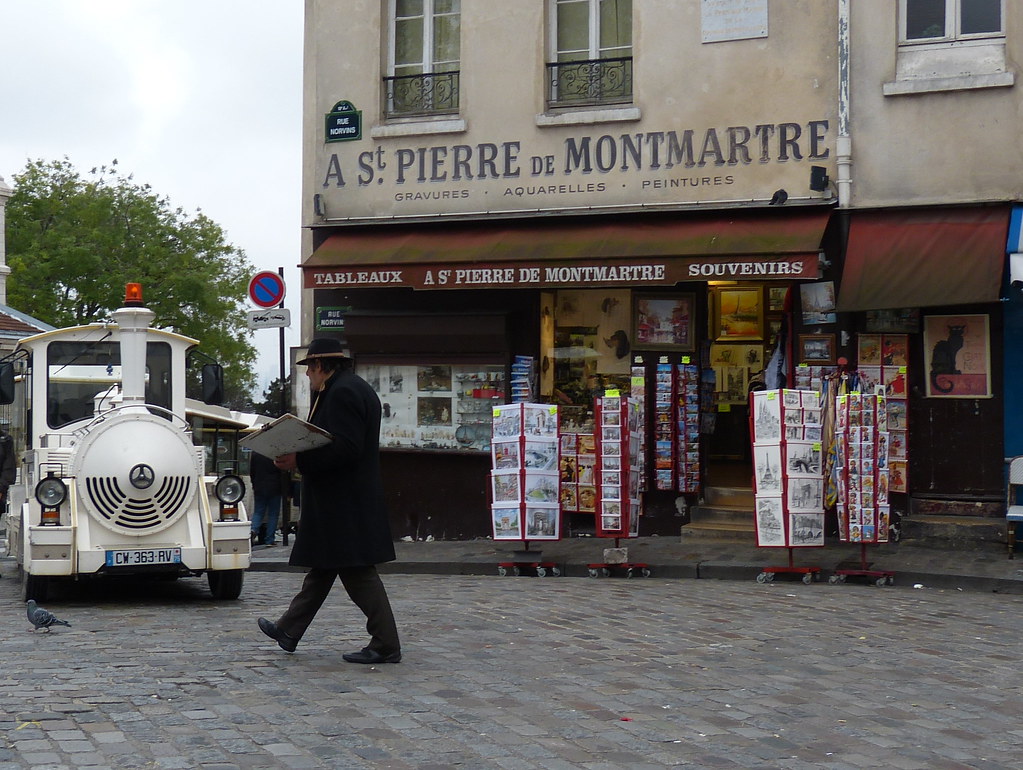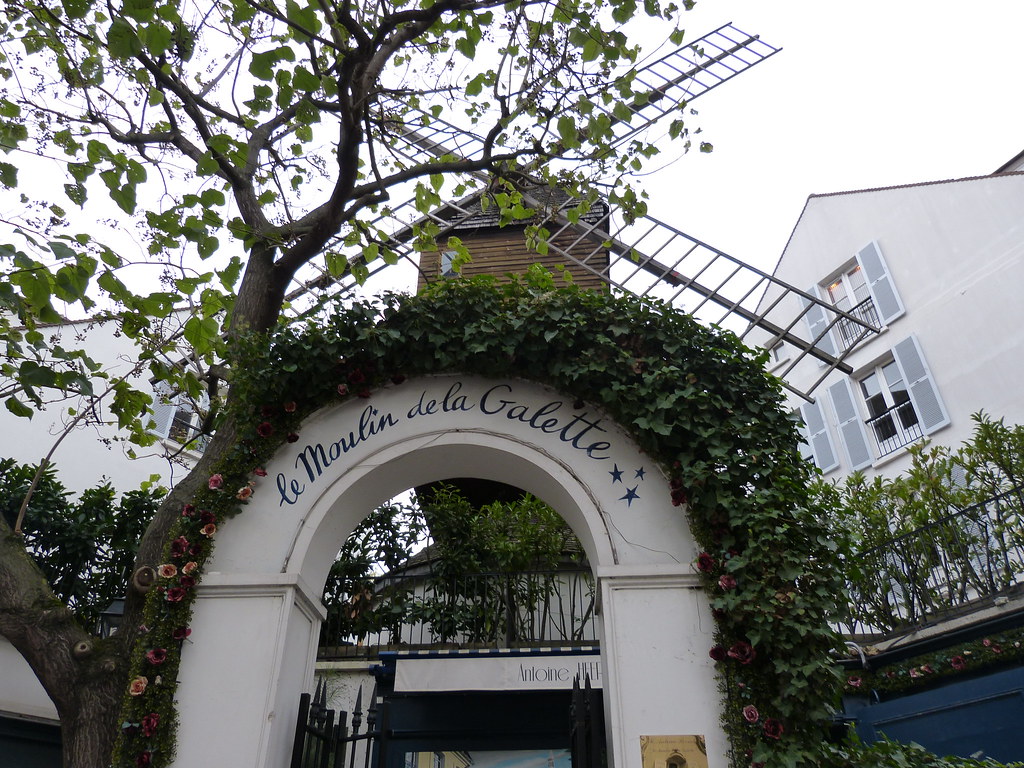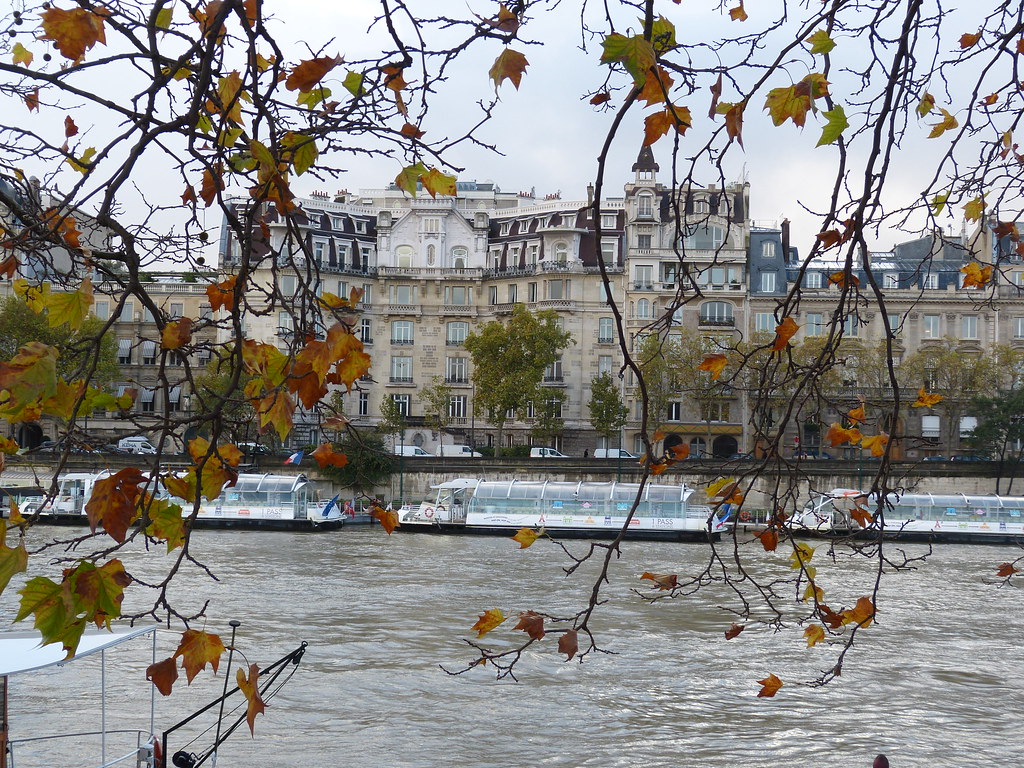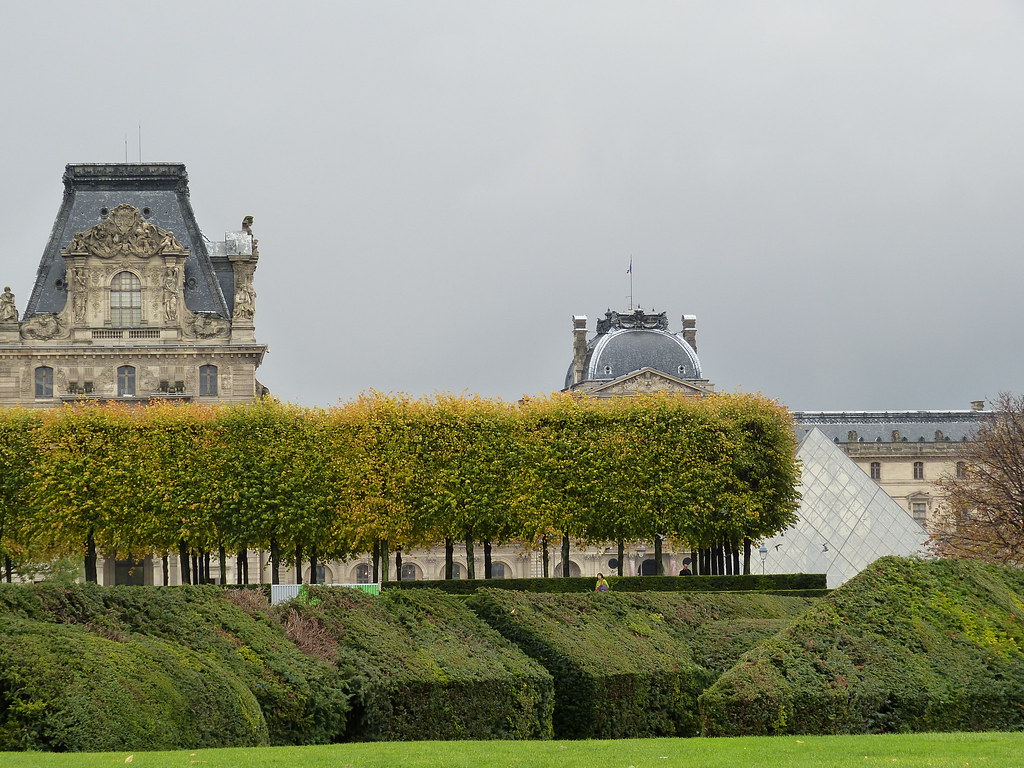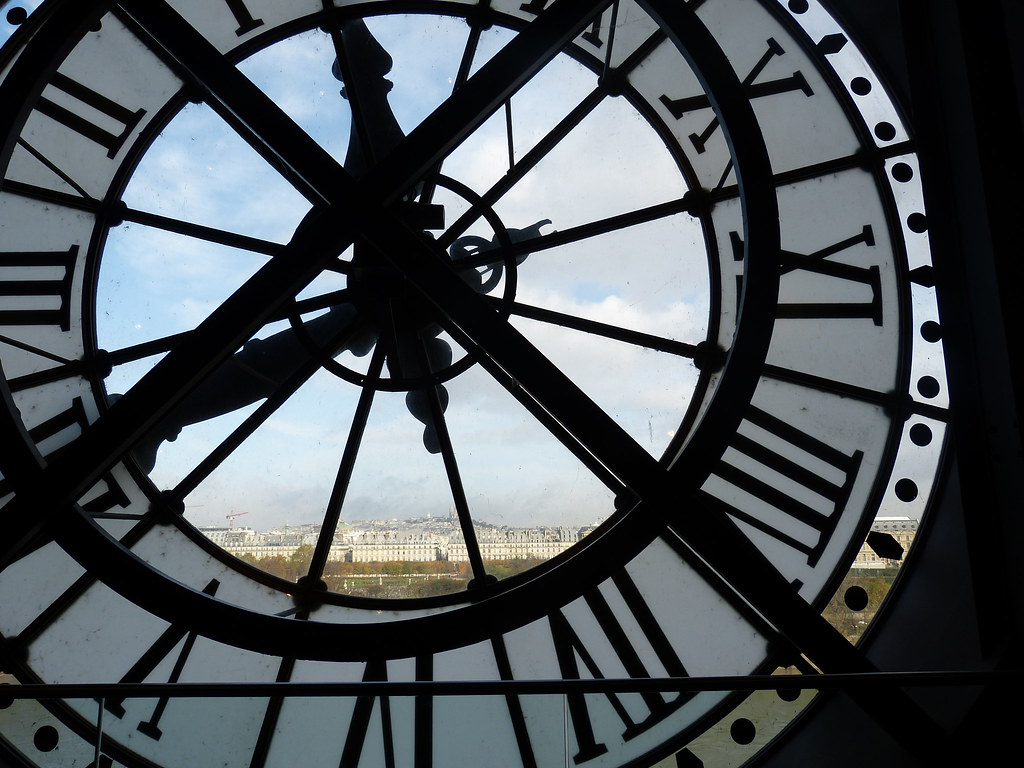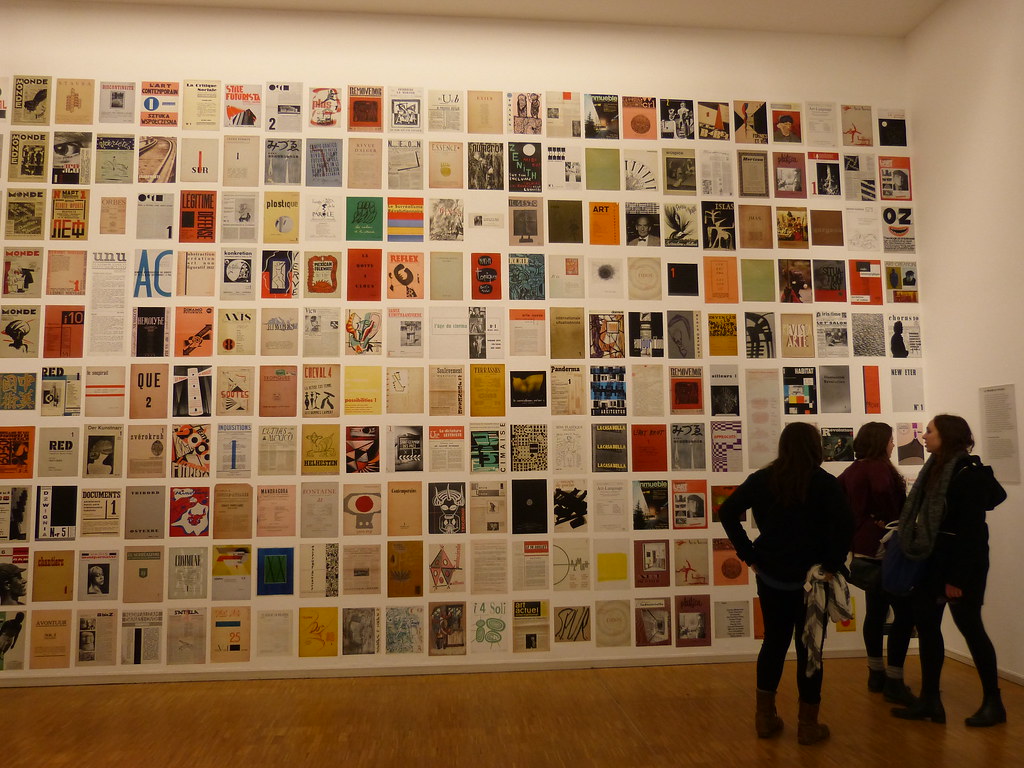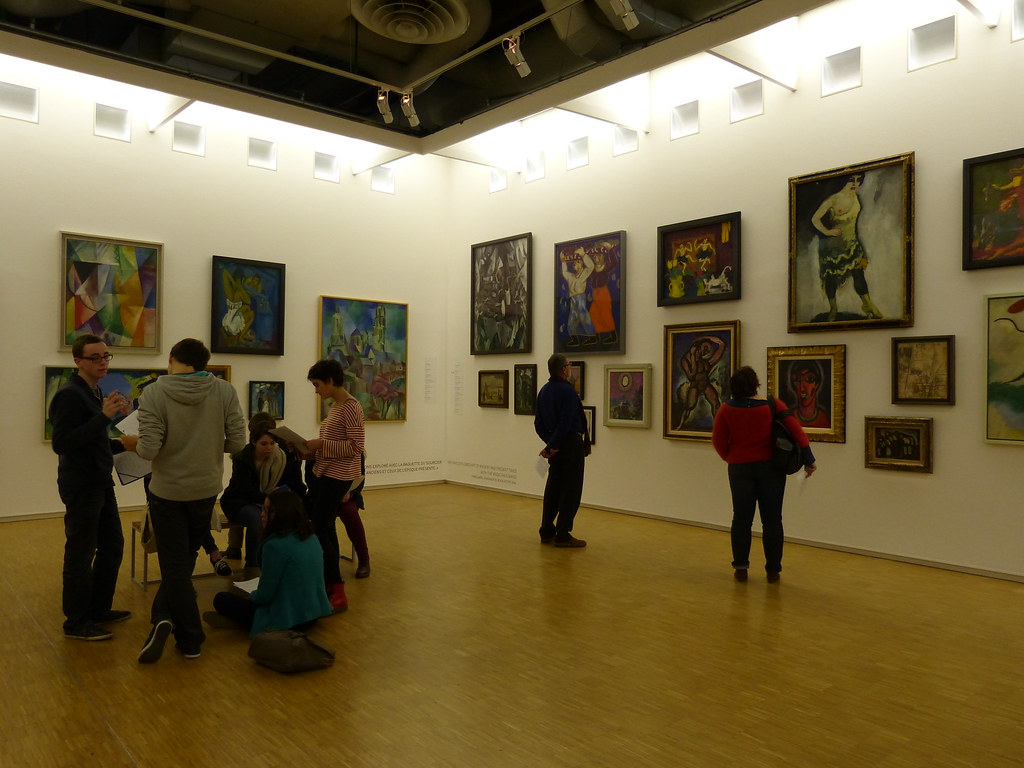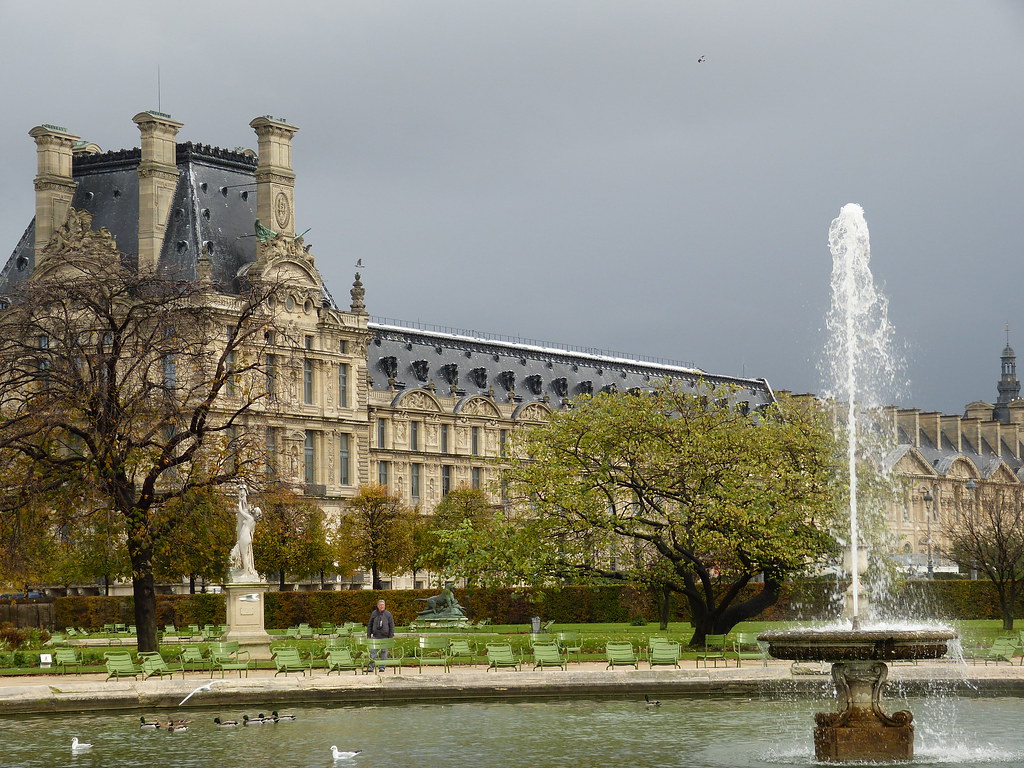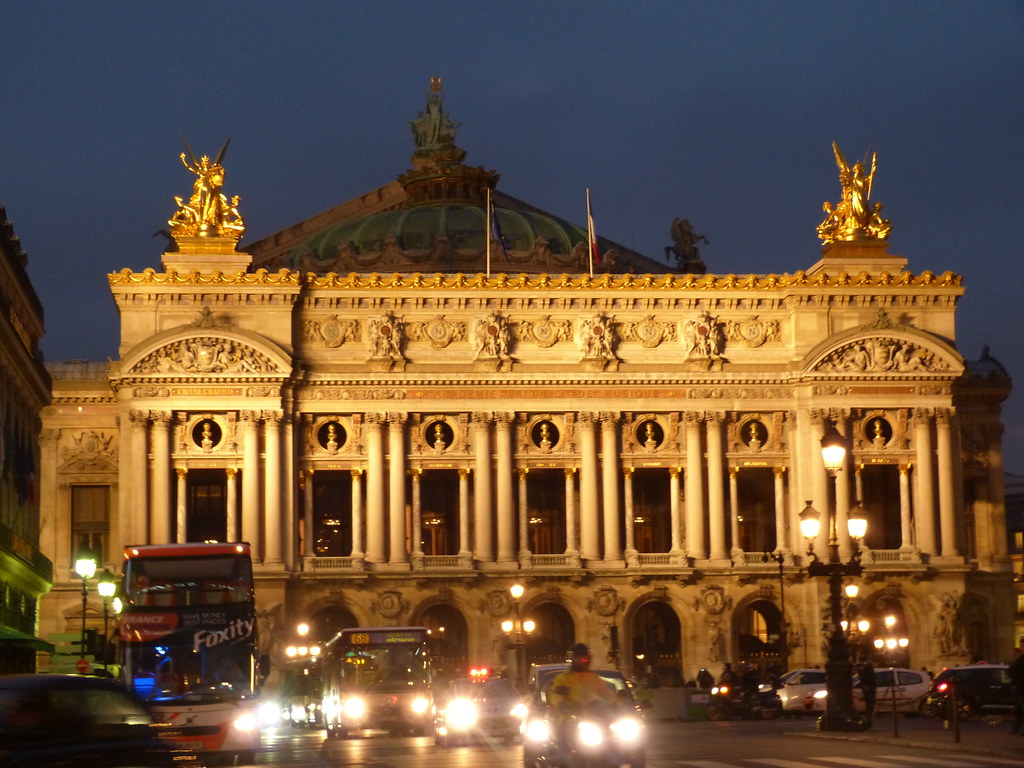I knew that eating in Paris would be a heavenly experience, but I was worried that it would be a nightmare for my wallet. Instead, I found out that eating out in Paris is not particularly expensive for European standards, especially if you choose a menu instead of ordering à la carte. Of course you should avoid rushing inside the first restaurant you see, and as in most other touristic places, it's better to read the menu before entering. Here are four places I discovered during my recent trip to la ville lumière. Some of them don't serve traditional French food at all, but as you probably know in Paris it's almost easier to find a Japanese restaurant than a traditional bistro. My French friends, for example, seemed to have an endless list of ethnic restaurants to try.
1) Café Divan (Rue de la Roquette)
I discovered this place thanks to my French friends, who have been living in Paris for a couple of years, and knew the neighbourhood quite well. It is close to Place de la Bastille, in a road full of restaurants and pubs called Rue de la Roquette. The menu here is not particularly French: salads, burgers and bagels have the upper hand on poulet roti and soupe d'onion. I have been dreaming about bagels since my last visit to London (I know a place in Columbia Road), but the only place I know that serves them in Italy is in Florence, which I haven't visited in almost one year! My favourite bagel is the classic one, with salmon and cream cheese. The restaurant was full and there was a very nice atmosphere, with music playing and a bustle of people talking and sampling the gorgeous food.
 |
| Bagel at Café Divan |
2) L'As du Fallafel (Rue de Rosiers)
This legendary place is recommended by Lonely Planet and by various bloggers, as well as being rumoured to be one of Lenny Kravitz's favourite restaurants in Paris (but then, dozens of places are said to be his favourite in the city he loves so much!). It is located in Rue des Rosiers, a nice and quaint street in the heart of the Pletlz, the Jewish quartier, in the Marais. There is a long queue for lunch, but if you order take-away at the the hole-in-the-wall (à emporter in French) the service is very fast. The falafel sandwich cost me only €5.5 and it was huge as well as delicious. The felafels were to die for, and so were the aubergines and the sauces they generously put in it. I wouldn't hesitate to come back if I found myself in the area again.
 |
| Crowd in front of L'As du Fallafel |
3) Café des Deux Moulins (Rue Lepic)
This is the café/brasserie where Amélie Poulain works in the movie. It is in Montmartre, in rue Lepic, very close to the Moulin Rouge. It is not as touristic as you may think, and it is only slightly more expensive than other places nearby. A formule, which in Paris means you can choose main dish + appetizer or main dish + dessert, comes at €14.90. As it often happens in Paris, I ordered something with a very long name, and what arrived was a pork steak with roasted potatoes. They have a poster of Amélie signed by Audrey Tautou, and of course they serve the famous crème brulée. Clients love to take pictures of themselves in front of the poster!
 |
| The Amélie poster |
4) Guibine (rue Saint-Anne)
This Korean restaurant is perfect for a break from your long visit to the Louvre. It is located in rue Saint-Anne, half-way between Musée du Louvre and Opéra. This street, once at the heart of gay Paris, is now famous for its Japanese and Korean restaurants. Guibine offers delicious barbecued beef served with plenty of little Korean-style side dishes like the infamous and spicy kimchi, bean sprouts, algae, papaya and so on, washed down with the ubiquitous rice of course. The express menu adds their mouth-watering dumplings as an entrée, all for €12.90. You also get a coffee or an ice-cream at the end of the meal. Your stomach will be ready for another couple of hours at the Louvre at the end of the hearty meal!
 |
| Korean bakery in Rue Saint-Anne |
